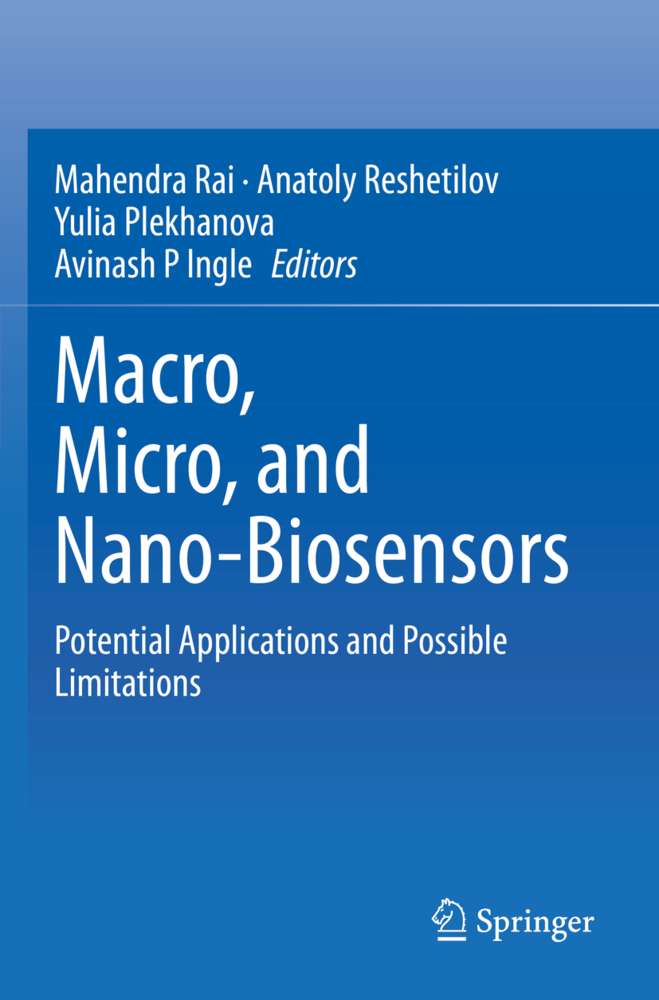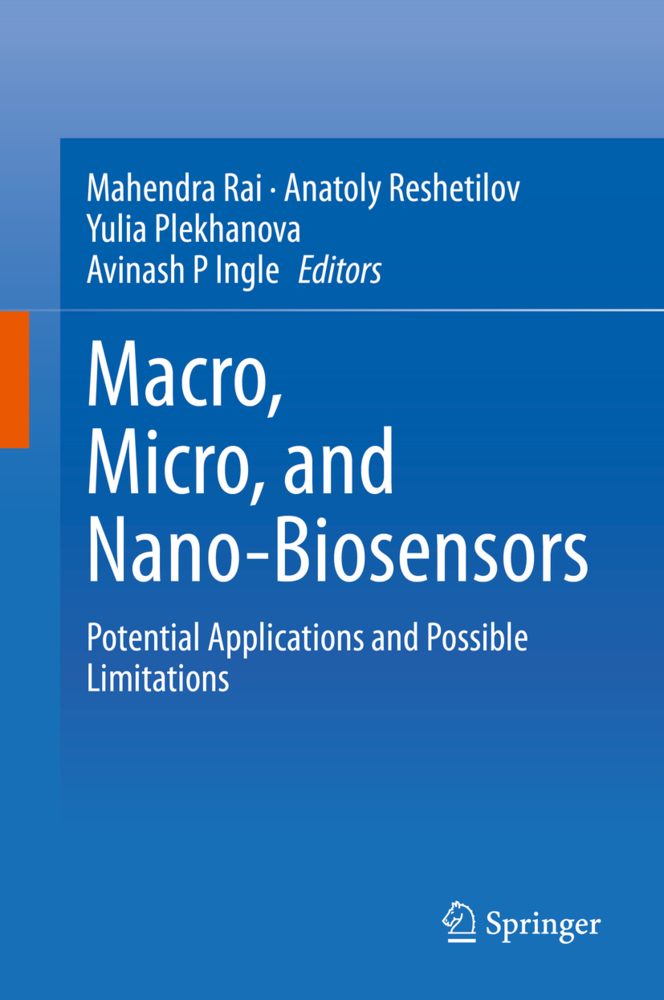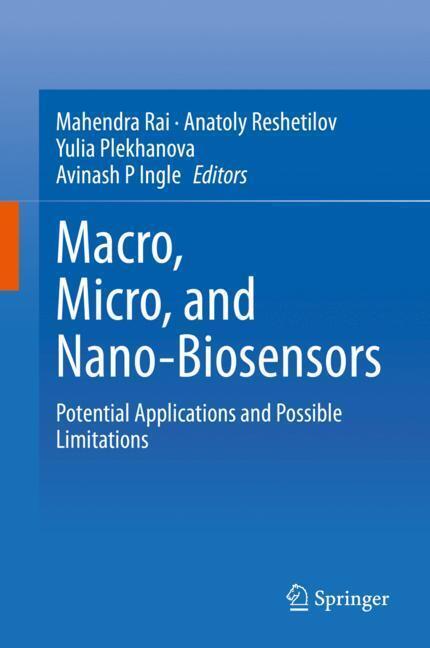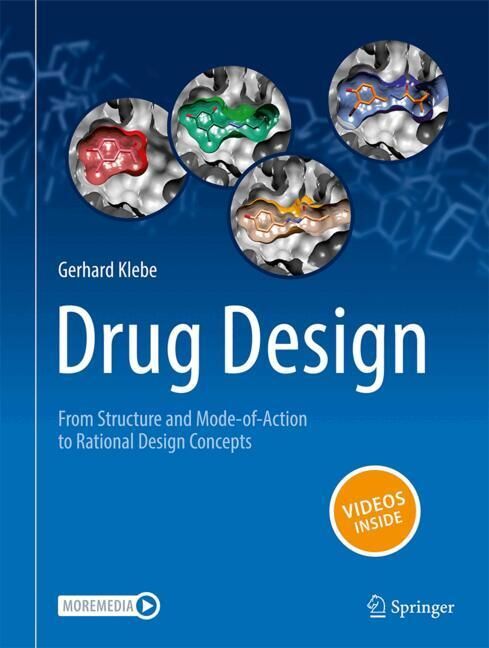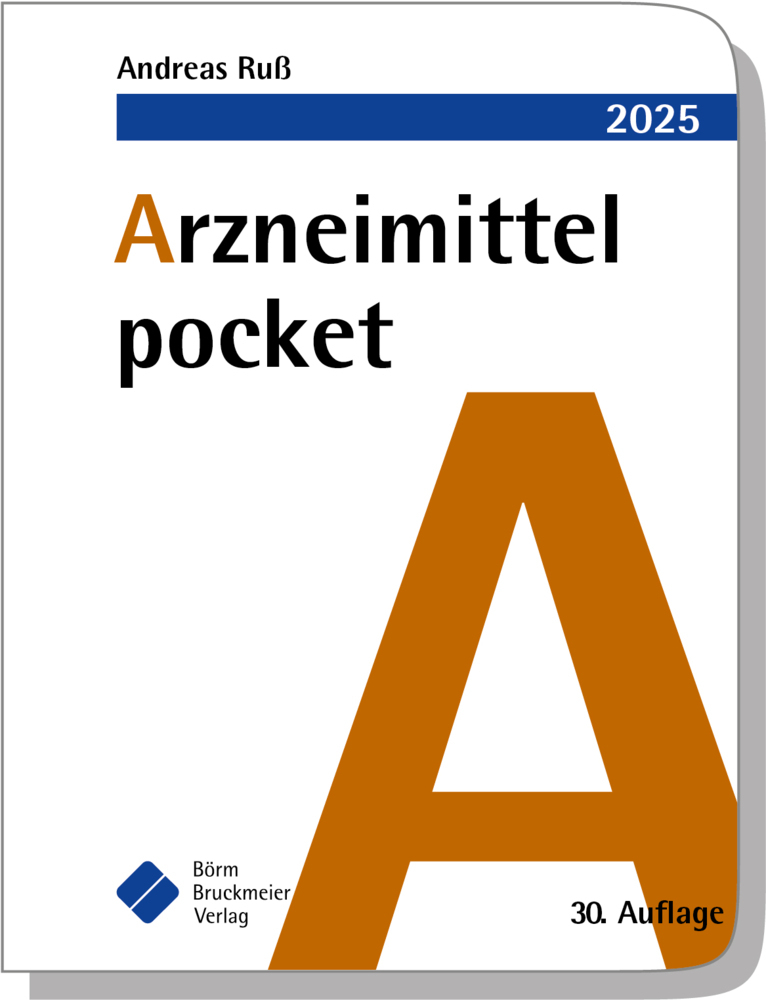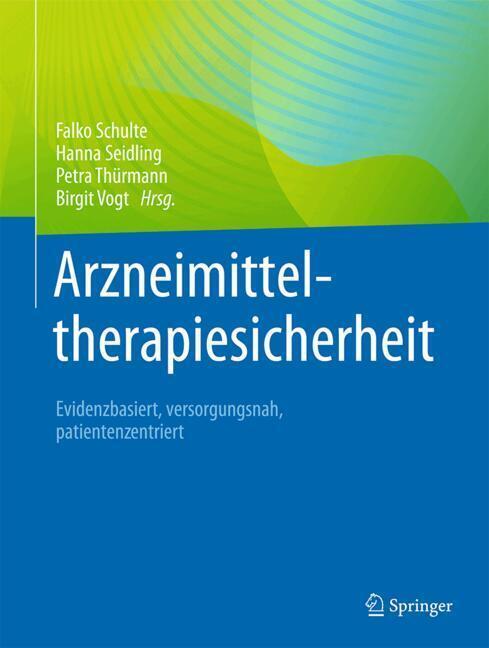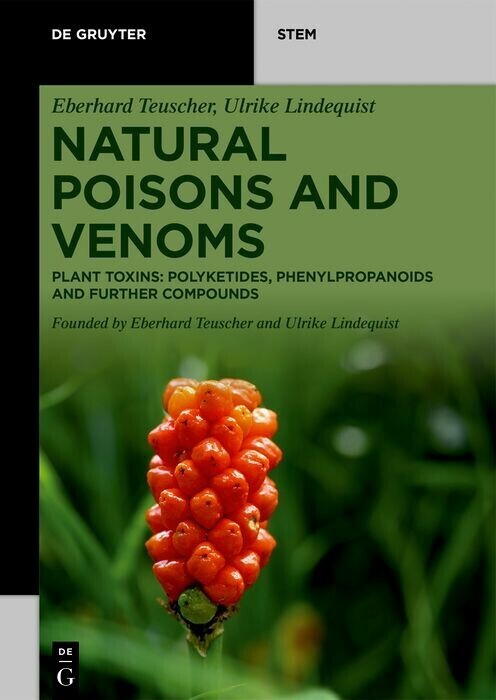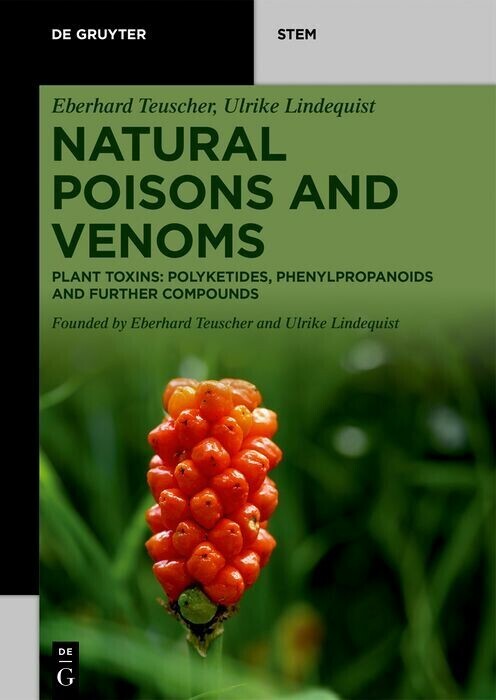Macro, Micro, and Nano-Biosensors
Macro, Micro, and Nano-Biosensors
This book includes an international group of researchers who present the latest achievements in the field of enzyme, immune system, and microbial and nano-biosensors. It highlights the experimental evidence for formation of biological fuel cells (BFCs)-which has a dual purpose - as a device that produces electricity and the systems which produce it simultaneously cleaning up the environment from polluting organic compounds. Considering the work in the field of macro, micro and nano-biosensors, considerable attention is paid to the use of nanomaterials for the modification of working electrodes. Nanomaterials in some cases can significantly improve the parameters of analytical systems. Readers will be interested in the projection of the presented theoretical and experimental materials in the field of practical application of modern analytical developments. The presented results in many cases imply the possibility of using the created models of macro, micro and nano-biosensors, and biofuel elements in the field of health, and protection/restoration of the environment.
It includes information about all existing types of transducers of signals in biosensors - electrochemical, optical and quantum-optics, thermoelectric, data of atomic force microscopy, piezoelectric, and more. On the basis of these principles, descriptions are given about the functioning of macro, micro and nano- biosensors for the detection of compounds used in medicine, detection of compounds that clog the environment, and thus affect human health, for compounds that are potentially the basis for the production of drugs, for the selection of compounds that have medicinal activity, for immunodetection, and to assess the quality of food. These questions form the basis of research carried out in the field of biosensors in the world. Since the described models of biosensors have high sensitivity, high measurement speed and selectivity, the described results attract the attention of both the ordinary reader and business class specialists who create and implement analytical technologies. This book is very useful for researchers in life sciences, chemical sciences, physics, and engineering. In addition, it will be useful for the persons working in industry.
Advanced technologies specialists will be attracted by the novelty of the proposed solutions and their relevance and ease of implementation. Since the studies contain sections describing the parameters of different biosensors, BFCs, they are easily navigated into assessing the effectiveness of the practical use of the proposed device. The relevant sections indicate such characteristics as detection ranges, life span, type of biological material used, the method of formation of the bio-receptor part. These parameters are of interest to both developers of new models of biosensors and BFC, and their manufacturers.
Macro-, micro- and nanosensors based on biological / chemical materials.- Bactericidal, fungicidal and immunomodulating activity of nano-surfaces.- Enzymatic Tissue Biotests (MAO and AChE biotests) and Bioindicators.- Is it possible to detect less than one bacterial cell?.- SERS for bacterial, virus and protein bio-sensing.- Biosensors for virus detection.- Specific immobilization of rotaviruses for atomic force microscopy with using Langmuir antibody films based on amphiphilic polyelectrolytes.- Fluorimetric and SERS sensor systems for diagnostics and monitoring of catecholamines-dependent diseases.- Enhanced sensitivity rapid tests for the detection of sepsis marker procalcitonin.- Analytical capabilities of some biosensors for the determination of drugs.- Electrochemical DNA sensors based on nanostructured polymeric materials for determination of antitumor drugs.- Variants of amperometric biosensors in the determination ofsome micotoxins: analytical capabilities.- New class of diagnostic systems based on polyelectrolyte microcapsules for urea detection.- Bioluminescent nano- and micro-biosensing elements for detection of organophosphorous compounds.- Nano- and microelectrochemical biosensors for determining blood glucose.- Micro-Electrochemical SMBG Biosensor Chip Design Development for Sustainable Mass Production based on the Strategic Platform Patent Map.- Biological Fuel Cells: Applications in Health Service and Ecology.- Recent Trends in Fabrication and Applications of Wearable Bioelectronics for Early-Stage Disease Monitoring and Diagnosis.- Self-powered biosensors in medicine and ecology.- Self-powered implantable biosensors - a review of recent advancements and future perspectives.
Rai, Mahendra
Reshetilov, Anatoly
Plekhanova, Yulia
Ingle, Avinash P
| ISBN | 978-3-030-55492-7 |
|---|---|
| Artikelnummer | 9783030554927 |
| Medientyp | Buch |
| Copyrightjahr | 2022 |
| Verlag | Springer, Berlin |
| Umfang | XVIII, 415 Seiten |
| Abbildungen | XVIII, 415 p. 122 illus., 68 illus. in color. |
| Sprache | Englisch |

